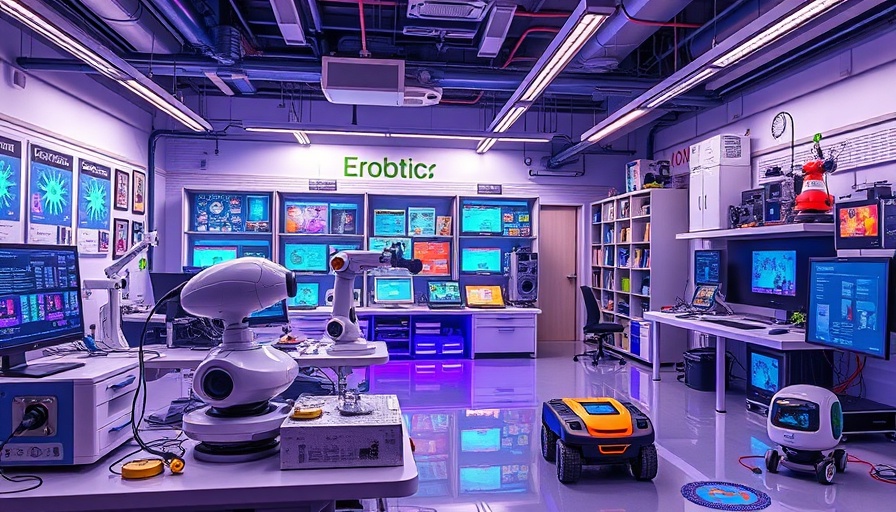
Why an Advanced Robotics Lab is Essential for Schools
In today's rapidly evolving job market, integrating advanced technologies into the educational system is no longer a luxury but a necessity. Reports suggest that 65% of students entering primary school today will end up in jobs that don't yet exist, many within the realms of AI and robotics. An advanced robotics lab in schools offers an innovative way to prepare students for this uncertain future.
Key Steps to Setting Up an Advanced Robotics Lab
Here’s a structured approach for schools contemplating the establishment of a robotics lab:
1. Infrastructure Requirements
The first step involves securing a dedicated space conducive to learning and experimentation. Schools can either transform existing areas or design new spaces tailored for robotics activities. This facility must have spacious work tables, a practice area for testing projects, and essential tools and equipment that foster an engaging learning atmosphere.
2. Structured Curriculum
An effective robotics curriculum is crucial for the lab to serve its purpose. Schools should align their robotics programs with academic standards, integrating fundamental coding, robotics, and AI concepts. Incorporating project-based learning will make complex theories accessible, fostering both cognitive and collaborative skills among students.
3. Selecting the Right Equipment
Choosing the right robotics kits is fundamental. Schools may consider DIY kits that cater to different skill levels, offering students hands-on experience that scales from simple robots to more complex designs, like humanoid or quadruped robots. This diversity in robotics kits promotes creativity and critical thinking.
4. AI and Coding Platform Integration
Robotics isn’t just about building machines but also understanding how they function through coding. Platforms like Pictoblox allow students to explore coding and AI in engaging ways. This educational software supports both block-based and traditional coding, making it accessible for all skill levels.
5. Comprehensive Teacher Training
Finally, a lab is only as strong as its instructors. Continuous teacher training programs equip educators with the necessary skills to guide students effectively. Investing in professional development will empower teachers to instill confidence in their students and enhance the overall learning experience.
Preparing Students for Future Careers
The value of a robotics lab transcends mere technical knowledge. Students develop essential 21st-century skills such as critical thinking, problem-solving, and collaboration. These competencies are highly sought after in today’s job market. Additionally, participating in international innovation events like the CODEAVOUR can instill a sense of achievement and global awareness among students.
Conclusion: The Future is Now
Setting up an advanced robotics lab in schools is not simply about teaching students to code or build robots; it's about preparing them to face the unknown. A well-equipped and thoughtfully designed lab creates opportunities for engaging learning experiences that foster innovation and creativity. As schools take the step toward integrating robotics and AI into their curriculums, they are investing in their students' futures.
 Add Row
Add Row  Add
Add 




 Add Row
Add Row  Add
Add 

Write A Comment